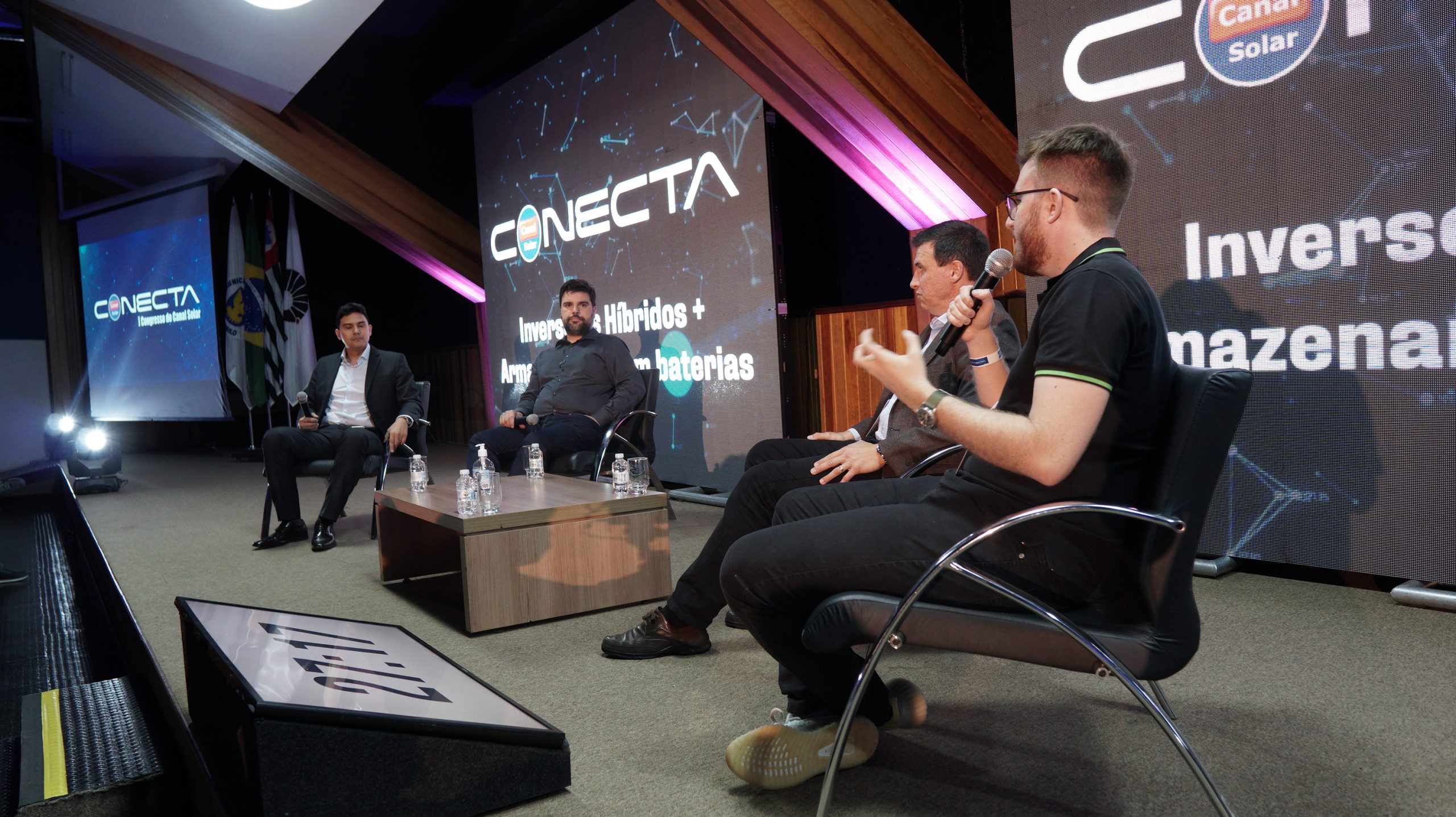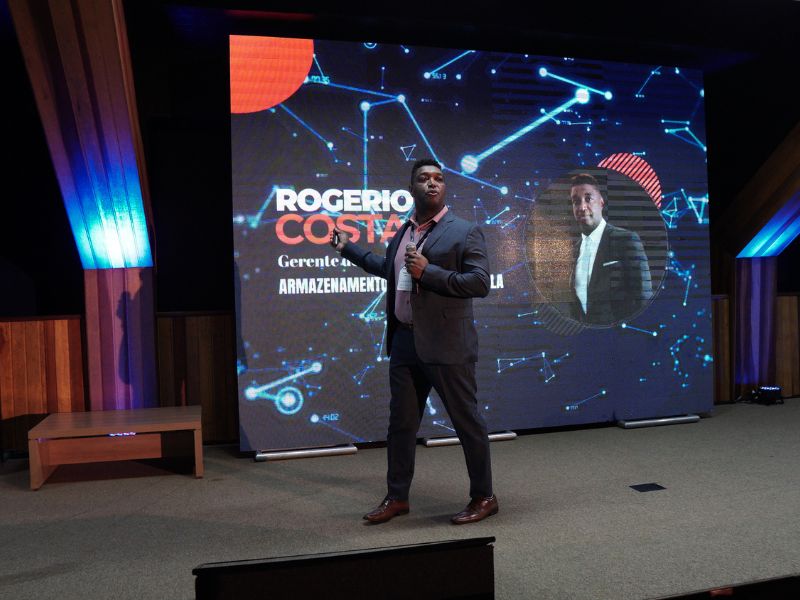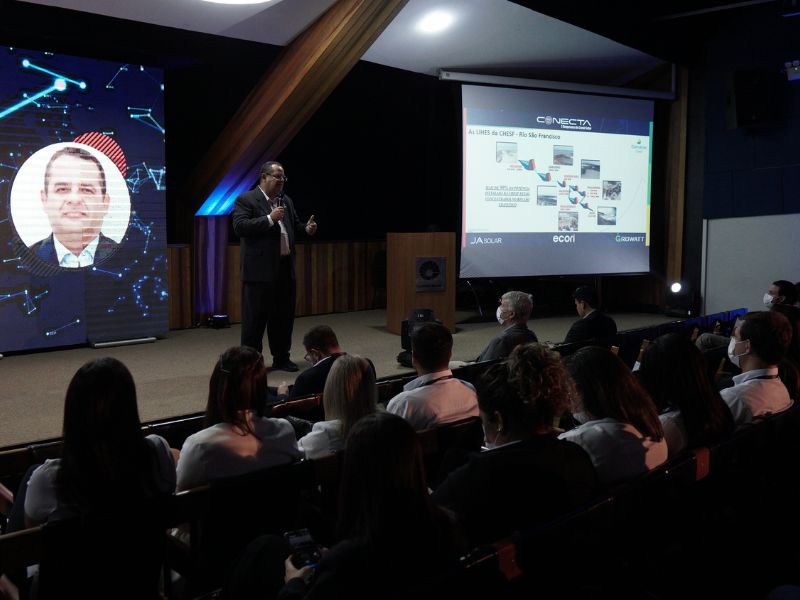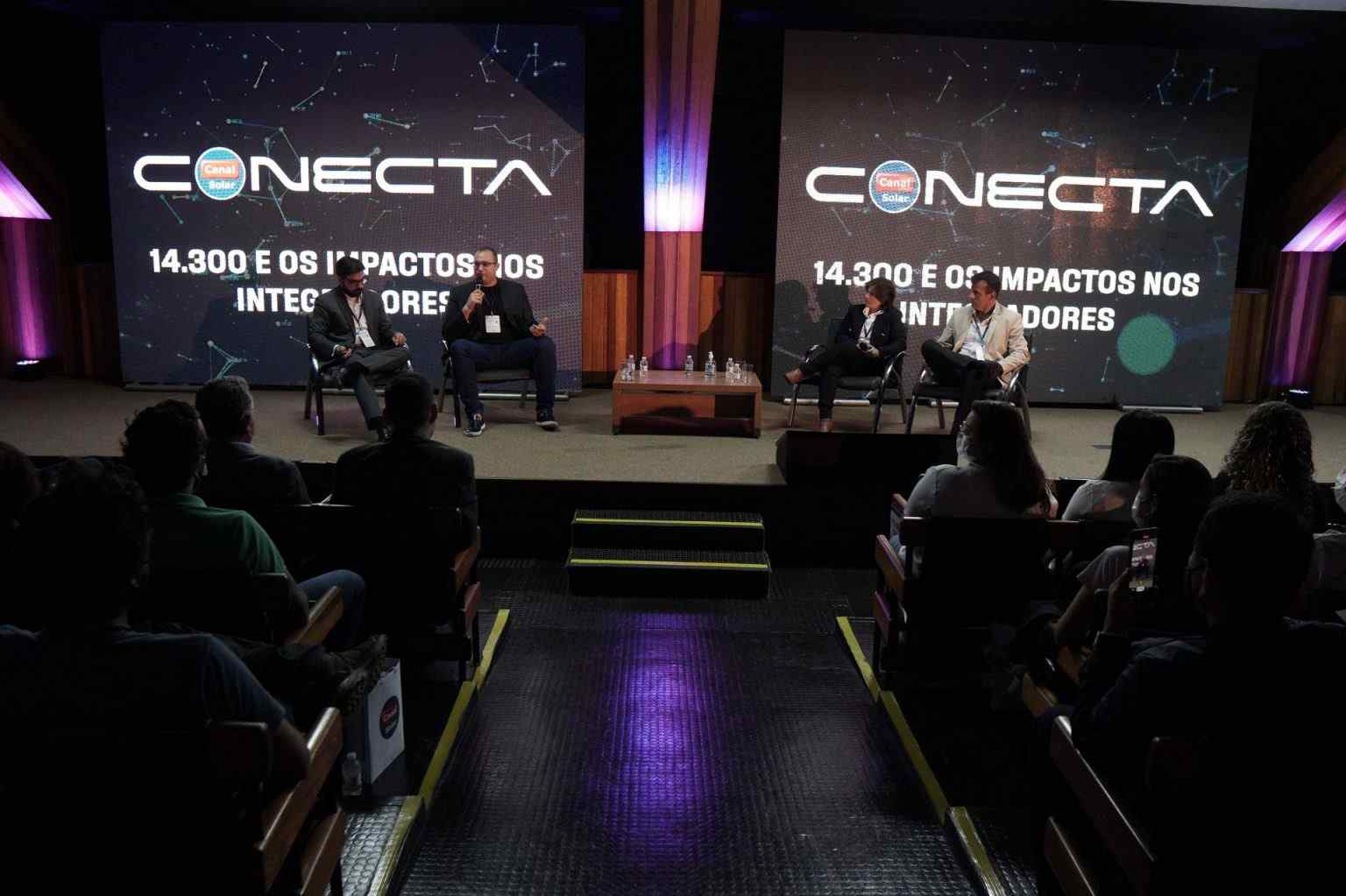In collaboration with Mateus Badra
The stage of Connect Channel received, in the early afternoon of this Tuesday (29), a presentation by Ennio Peres, leader of the Hydrogen Laboratory at UNICAMP (State University of Campinas), about the progress of projects H2V (green hydrogen) in Brazil and around the world.
In addition to explaining your difference to others, Peres highlighted that several countries in the Europe and other locations, such as the United States and Japan, have already signal to the world that they will demand from technology and that already are willing to pay a price, including, higher than the current one.
“Today, what we see is a race by many countries for green hydrogen for their own use and, mainly, for export as a new business, transforming it into an international commodity,” he said.
The researcher also commented that, currently, there are still few green hydrogen projects developed in the world. “We have around 522 projects centered on Europe, the United States, China and Australia,” he stated.
“These are the most important hubs we have today for H2V projects to supply the world economy. Remembering that we are talking about projects. OK? Several of them have not yet come into operation”, highlighted Peres.
Green hydrogen applications
Eduardo Tobias, managing partner of Watt Capital, was also present at the meeting and spoke about the technology with a focus on business models, economic viability, projects under development in Brazil and the role of photovoltaic sources in this new emerging market.
With regard to economic viability, he listed, for example, the main factors that determine the LCOH¹, such as: cost of electricity (with charges and taxes); electrolyzer load factor; electrolyzer (CAPEX, useful life, efficiency); and WACC – weighted cost of capital.

“We discussed the configuration of projects, drawings of the composition of electrical sources to serve the electrolyzer and variables that impact the competitiveness of H2V production in Brazil”, he reported.
“In other words, this dichotomy was addressed: domestic market – and our country already consumes it, it has the potential to consume even more hydrogen, only from a green source, today it is from a fossil source – and an export market”, added Tobias.
The executive also emphasized that the country is at the ideal time for solar to position itself as part of the solution to produce low-carbon hydrogen at a competitive cost in Brazil. “We have very good wind and solar resources in Brazil. Few countries have two good ones that can complement each other in time modulation”.
“I think this gives us, thinking about hybrid projects, such as photovoltaic with wind energy and photovoltaic with hydropower, the potential to be quite competitive. We also have, as it is a very large country, regional particularities such as competitive biomass and volume. Therefore, the potential is tremendous for our country in the medium and long term”, he concluded.

















